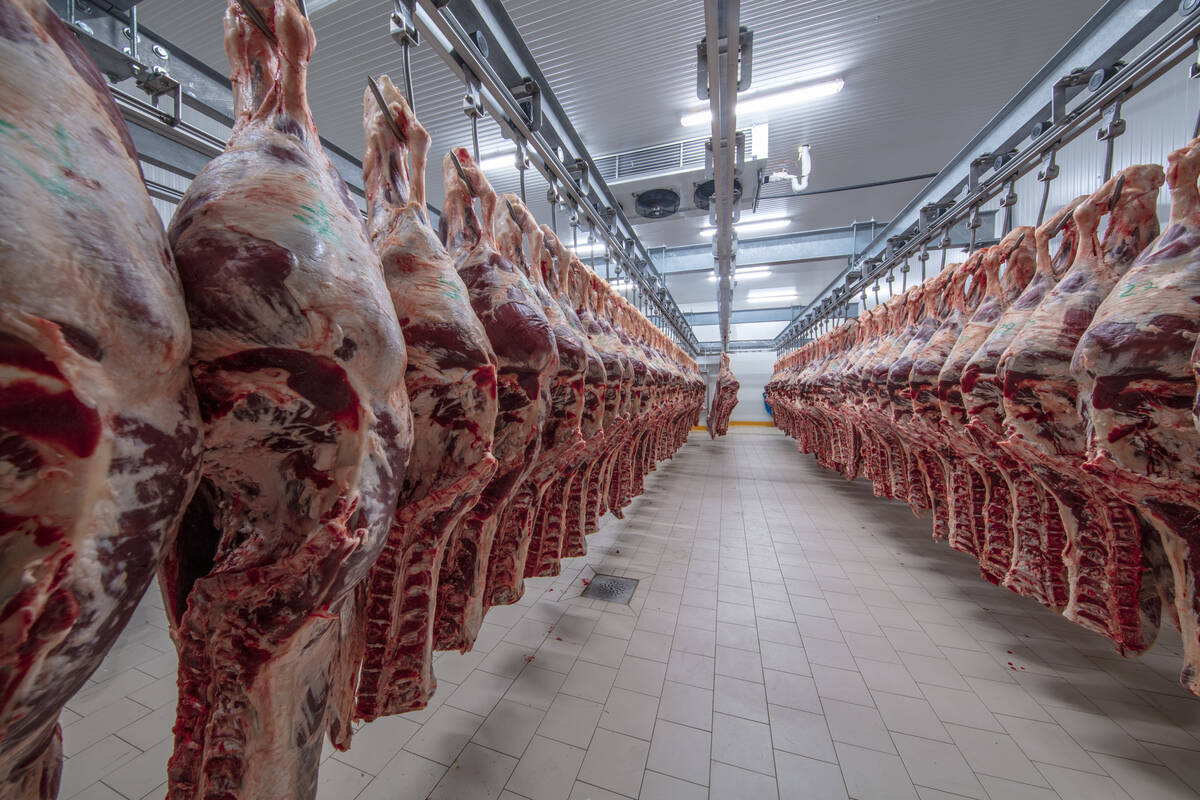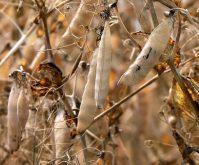Glacier FarmMedia—Pulse Canada president Greg Cherewyk said the country’s pulse export program remains in great shape amidst mixed news for the industry.
On April 5, India’s government extended the duty-free status for all yellow pea imports until the end of June. After six years of tariffs and restrictions effectively cutting off the market, India eliminated the tariffs last December. Since then, the country has become a top destination for Canadian yellow peas, with 735,300 tonnes already sent in bulk this marketing year so far, according to the Canadian Grain Commission (CGC).
Read Also

U.S. livestock: Hogs, cattle fall
Chicago Mercantile Exchange livestock futures fell across the board on Wednesday. Most-active February live cattle futures closed at 229.550 cents…
“Our sources tell us we will be able to ship between 800,000 and 900,000 tonnes by the time that window closes,” Cherewyk said. “It’s not quite where we were in terms of our pea volumes when we would’ve hit 1.3 million metric tonnes back in 2015-16, but it’s very significant.”
Canada exported 104,000 tonnes of lentils and 20,400 tonnes of chickpeas in February, according to Statistics Canada data. That compares with Australian exports of 128,600 tonnes of lentils and 53,800 tonnes of chickpeas during the same period, according to the Australian Bureau of Statistics. So far in 2023-24, Canadian exports total 1.07 million tonnes for lentils and 137,000 tonnes for chickpeas.
Cherewyk acknowledged that Canada’s share of the global lentil market has declined since 2019, but he said both Canada and Australia are roughly equal when it comes to export volumes.
“(2023) would be the first year in our history which we are seeing it this tight,” he said. “That’s a fairly significant shift.”
India and China have purchased plenty of Canadian yellow peas and lentils over the past year, despite increasing competition from Russian peas and Australian lentils as well as challenges with pulse production and yields at home, according to Cherewyk.
“A lot of product has moved this year relative to the inventory we’ve had,” he said. “That would mean that we’re at very low year-end (pea) inventories which could be at the range of 125,000 tonnes, which is very low. It will be interesting to see what kind of signal that sends to the farmer.”
While Statistics Canada forecasted more seeded pulse acres for 2024-25, dryness remains a concern for growers, which makes precipitation this spring very much needed.
Cherewyk said that it’s anyone’s guess how much production there will be for Canada’s pulse crops in the next marketing year and it will be difficult now to find the inventory to fill India’s yellow pea demand. Nevertheless, he added that 2023-24 has been a “relatively good” year for Canada’s pulse export program.
“Now we’ll anxiously await to see what gets seeded this year and how the year starts to progress,” Cherewyk said.
—Adam Peleshaty reports for MarketsFarm from Stonewall, Man.
















